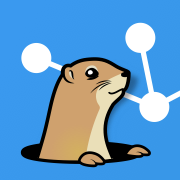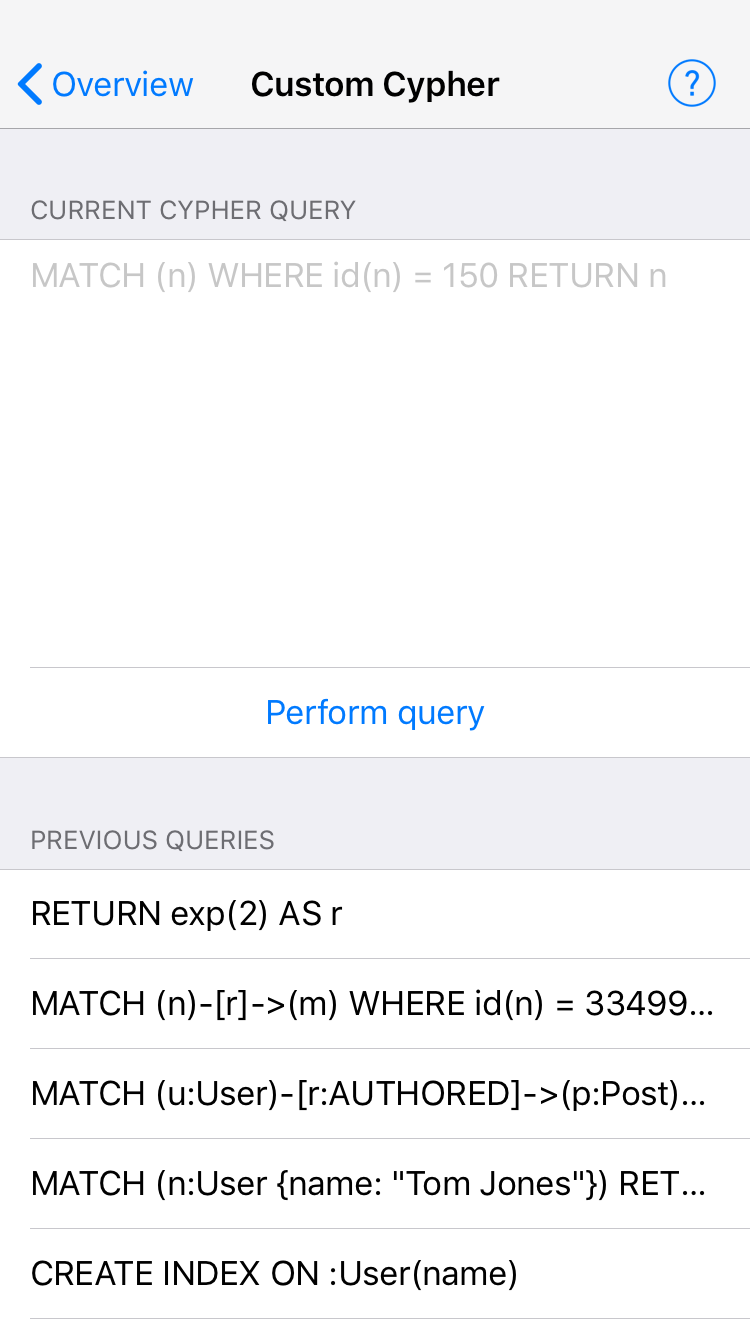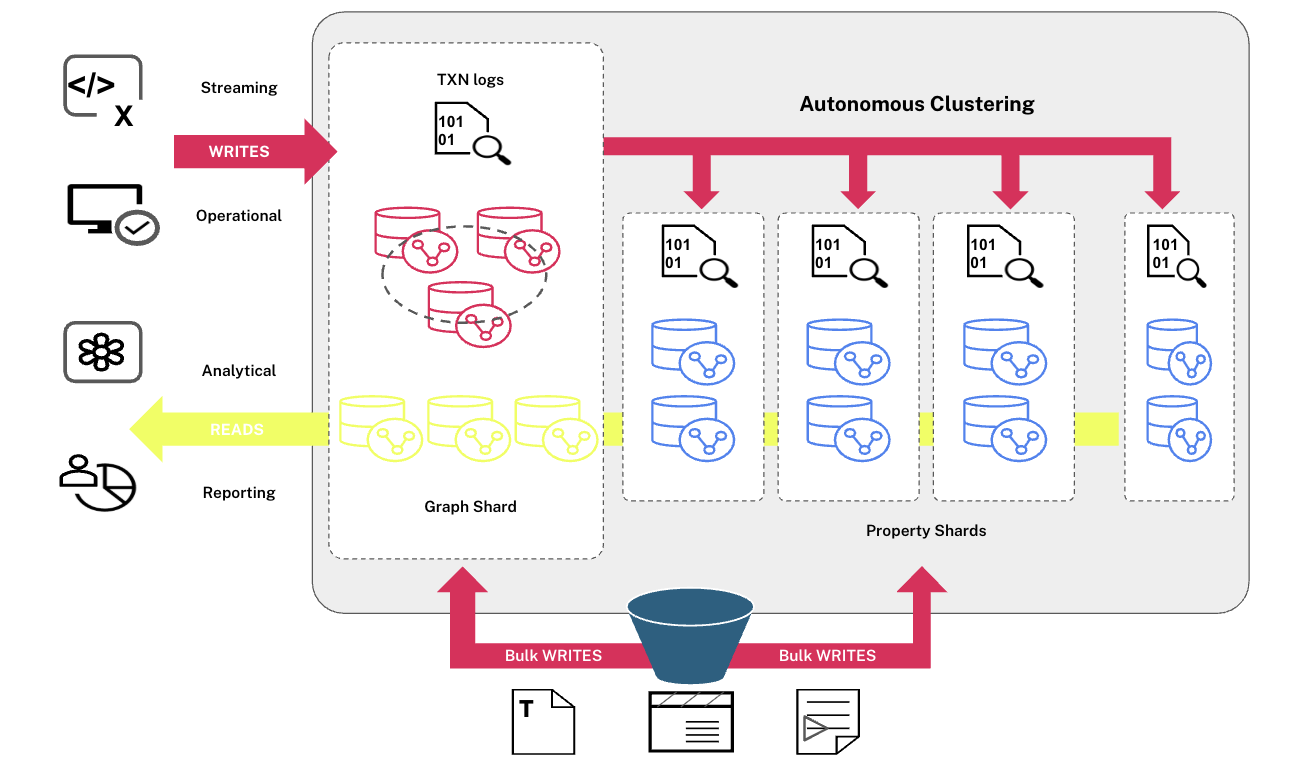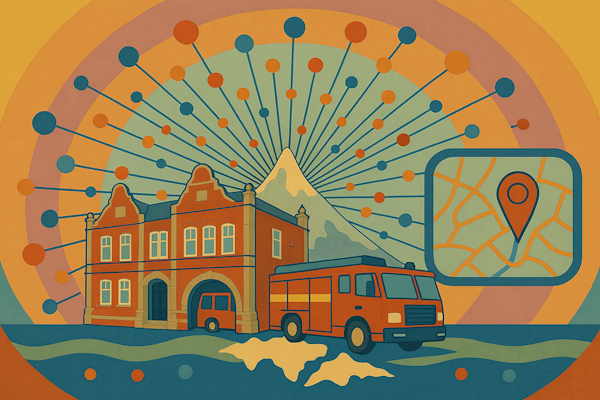Graph Gopher: The Neo4j Browser Built on Swift for Your iOS Device [Community Post]

Neo4j Community Member
4 min read

 Graph Gopher is a Neo4j browser for iPhone that was recently released to the App Store.
Graph Gopher is a Neo4j browser for iPhone that was recently released to the App Store.
Graph Gopher lets you interact natively with your Neo4j graphs through easy browsing and quick entry for new nodes and relationships. It gives you a full Cypher client at your fingertips and fast editing of your existing data.
Start by browsing labelled nodes or relationships or their property keys
A full Cypher client ready at your fingertips
Quickly add new nodes and relationships
Easily edit nodes and relationships
See what relationships share a common property key, in this case createdDate
How Graph Gopher Got Started
Graph Gopher came out of a few questions I explored. First of all, I was exploring different ways to browse the graphs stored in my Neo4j graph database. The graph visualization of a Cypher query approach we know from the Neo4j web interface was an alternative, but I thought it required quite a bit of the user to start exploring it, and it was perhaps not as good a fit on a phone-sized device.
After spending a lot of time trying to adapt that, I found that the classic navigation interface was one I thought worked well for exploring the graph. To me, the navigation interface looks a lot like Gopher, the navigation paradigm we used to explore the internet before web browsers, and hence the name was born.
Building Graph Gopher in Swift
The second road to Graph Gopher was that Swift – a language used to write iOS apps – had become open source, and it was starting to be used to write server applications. While databases like MySQL and SQLite were available and used by many, Neo4j was absent.
I knew I could do something about that, and joined Cory Wiles’s Theo project in late 2016. After completing the Swift 3.0 transition together with him, I implemented Bolt support for 3.1 and 3.2.
For version 4.0, I improved the API, made it support Swift 4, and made it a lot easier to use. I used the development of Graph Gopher to validate the work done there, and Graph Gopher is a great demonstration of what you can do with Theo. Along the way, other developers started using the betas of Theo 4, giving me great feedback.
Faster than the Neo4j Browser and Available Wherever You Need It
An ambition for Graph Gopher was to be way faster to load and use than than loading up the web interface in a browser tab and and interacting with your Neo4j instance that way. In practice it has been no match: it is a very convenient tool. Even though I use a Mac all through my working day, I still access my Neo4j instances primarily through Graph Gopher.
The exception to this is when I write longer Cypher statements as part of my development work, but I have gotten good feedback on how to improve this. Look forward to updates here in the coming versions.
In practice, Graph Gopher makes it so that you always have your Neo4j instance available to you. It helps you add or edit nodes and relationships, prototype ideas and look up queries from your couch, coming out of the shower, on the train, or wherever you are. That is wonderfully powerful.
Another important feature is multi-device support. I use both an iPhone and an iPad, and I know people will use it on both work and private devices. Therefore it was important to me that session configuration was effortlessly transferred between devices, as well as favourite nodes. This has been implemented using iCloud, so that if you add a new instance configuration on one device, it will be available to all devices using the same iCloud account. Likewise, when you favourite.
Unique to mobile devices is connectivity, and a lot of work was done to help Graph Gopher keep a stable connection over flaky network connections. If the connection still drops, it will reconnect to allow you to continue working where you left off.
The Future of Graph Gopher
The road forward with Graph Gopher will be exciting. Now that it is out, I get contacted by people in situations I hadn’t imagined at all. Where people use it will be the primary driver of what features get added and how it will evolve. I would absolutely love to hear back from you how you use it, or how you would like to use it.
Click below to register for our online training class, Introduction to Graph Databases and master the world of graph technology in no time.













